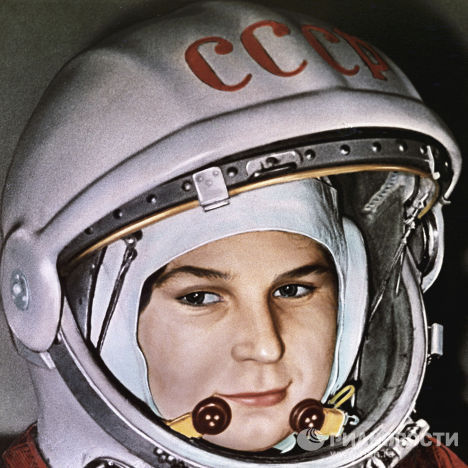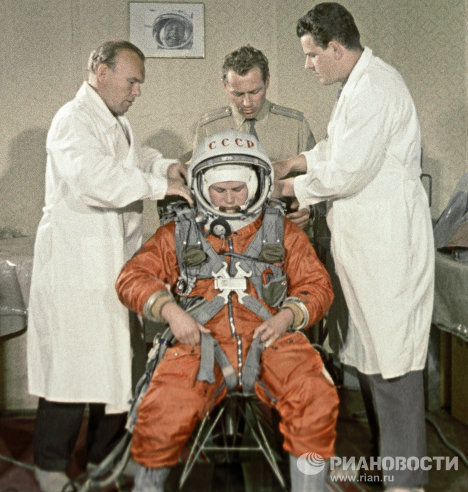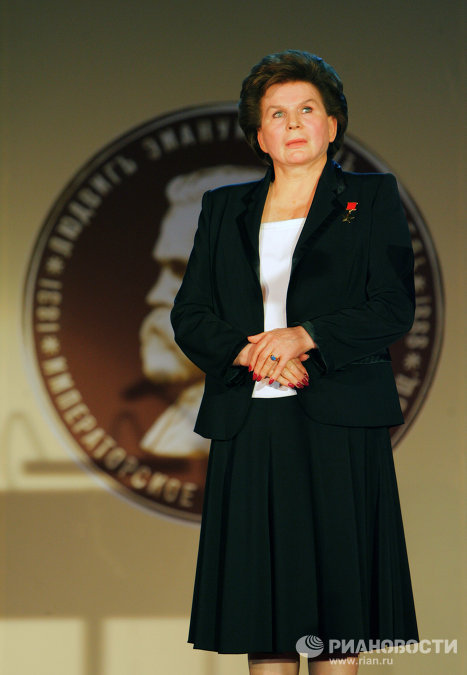ART OF THE AVANT-GARDE IN RUSSIA: SELECTIONS FROM THE GEORGE COSTAKIS COLLECTION
Contributions by Margit Rowell and Angelica Zander Rudenstine
Published in 1981
320 pages, fully illustrated
Documenting the first exhibition of Russian collector George Costakis’s holdings of early 20th-century Russian artists in the United States, the catalogue Art of the Avant-Garde in Russia: Selections from the George Costakis Collection is an invaluable resource for scholars of art of the avant-garde in Russia. Art historian Angelica Zander Rudenstine’s introduction describes the Costakis Collection’s formation and important details from George Costakis’s biography. Margit Rowell reexamines certain premises about Russian and Soviet avant-garde art in the essay, “New Insights into Soviet Constructivism: Painting, Constructivists, Production Art.” The publication also includes color and black-and-white reproductions of selected works with entries and biographies of the 39 artists in the exhibition.
Excerpt
Costakis naturally tried to leave no stone unturned in his pursuit of the avant-garde. While he feels strongly that he missed collecting the work of many artists—through bad luck, unfortunate timing or lack of knowledge—his overriding principle was always to fill in the picture with more and more artists, and to show them in the various stages of their stylistic developments.
via From the Archives.
via From the Archives.





